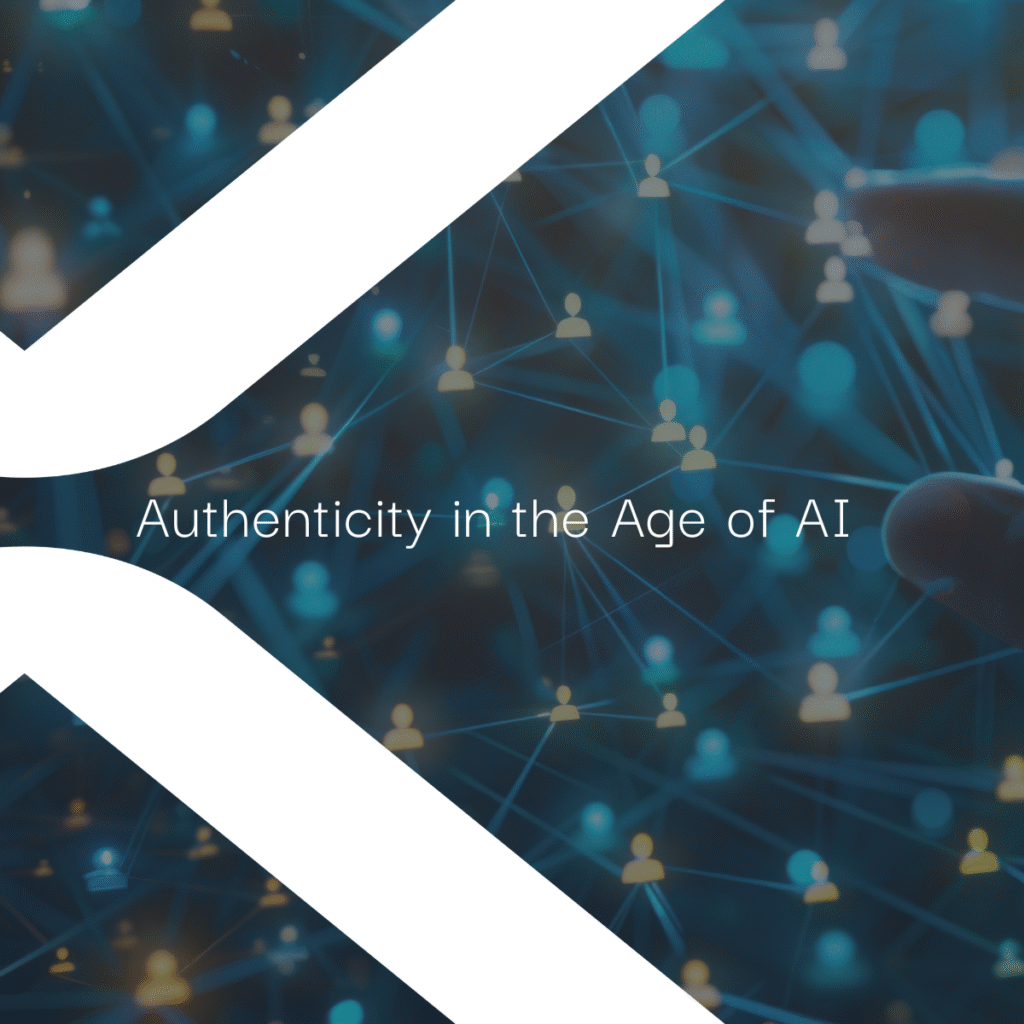Last week, OpenAI launched GPT-5, the most advanced version of ChatGPT to date. While earlier updates such as GPT-4o focused on speed, multimodality and conversational tone, GPT-5 takes a major step forward in reasoning, accuracy, personalisation and integration.
Giving users more control over how AI works for them.
In our latest blog post, Engagement Director Adele Slater discusses the latest updates and how these changes can impact a business.
Understanding the update
The release of GPT-5 marks an important moment in the rapid evolution of AI tools. In just a few short years, ChatGPT has moved from a novel way to experiment with language models to a serious productivity asset for businesses, professionals and individuals alike. Each new version has brought meaningful improvements, but GPT-5 pushes further by addressing the two things that matter most to users: smarter outputs and more control over how the AI works for them.
AI adoption is no longer about whether the technology is useful. The real question is how effectively you can integrate it into your processes, align it with your goals, and ensure it delivers consistent value. GPT-5’s improvements in reasoning, context handling and personalisation mean it can now support even more complex workflows, adapt to different working styles and integrate more naturally into existing systems.
What changes have been made?
- Smarter and more accurate responses
GPT-5 delivers better reasoning and fewer errors. By producing responses that are more relevant and better researched, users will generally find that there is a greater awareness of context.
The best thing about this approach? Users will find that it is less likely to agree uncritically, which results in more constructive and honest feedback.
- Larger context windows
With up to 256,000 tokens in ChatGPT (and up to 400,000 via API), GPT-5 can retain and reason over large volumes of information. This allows users to work on long-form projects, analyse extensive datasets or handle complex briefs without losing track of earlier content.
- Dynamic model routing
GPT-5 can decide when to respond quickly with a lighter model or take more time with a deep-reasoning approach. This helps achieve the right balance between speed, cost and accuracy.
- Improved multimodality
You can now combine text, images and voice in a single workflow with less friction. For example, you might upload a product photo, add a spoken description and ask GPT-5 to generate a full marketing campaign without having to switch between tools.
- Personalisation and modes
You can choose from a range of personality modes, use Study Mode for structured learning, and customise voice interactions. This allows GPT-5 to work in a style that suits your needs.
- Safer and more reliable output
OpenAI has introduced “safe completions” to reduce the risk of inappropriate or off-topic responses. This makes GPT-5 more suitable for enterprise use and for environments with strict compliance requirements.
What does this mean for your business?
- Greater productivity: You have the ability to draft reports, analyse data and create content with fewer corrections needed.
- Scalability: Select from different model variants to match the task requirements and budget.
- Integration with tools: GPT-5 works seamlessly with platforms such as Microsoft Copilot, Apple Intelligence and custom enterprise systems.
- Better decision support: Use improved reasoning to analyse options, weigh trade-offs and make more informed strategic choices.
What does this mean to you as an individual?
- Access to expertise: Get higher quality insights across a wide range of subjects, from coding to travel planning.
- Personalised learning: Use Study Mode and personality options to tailor the learning experience.
- Creative support: Turn ideas into finished work more quickly, whether that is designing a prototype, writing a script or creating visual concepts.
Prompting in the GPT-5 Era
With GPT-5’s improved reasoning and expanded context capacity, it is worth refining the way you write prompts.
Be clear about your goals : GPT-5 can follow more nuanced objectives.
Break tasks into steps: Structured instructions support deeper reasoning.
Use multimodal inputs: Combine text, images and voice for better context.
Provide relevant background: Attach files or examples for more accurate results.
Set tone and style in advance: Personality modes ensure the right communication style.
Example prompt: “You are a reliability engineer. Using the attached photos of the damaged component and the voice note describing the symptoms, produce a step-by-step maintenance plan and risk assessment. Include likely root causes, required parts and tools, estimated downtime, acceptance criteria for return to service, and a concise SOP for technicians. Highlight safety considerations (LOTO and PPE), data to capture for the CMMS, and any assumptions or uncertainties. Present the output as a checklist followed by a simple timeline.”
In conclusion, GPT-5 is not just a small upgrade. It represents a significant step towards AI that is more context-aware, adaptable and reliable. These changes can impace businesses and individuals differently.
For businesses, it offers the ability to streamline operations, support decision-making and unlock creative potential. For individuals, it provides a more personal and versatile partner for work, learning and everyday problem-solving.
By refining your prompts to take advantage of GPT-5’s strengths in clarity, structure, multimodality and personalisation, you can turn it into a powerful tool that delivers real impact.
Is your business ready to unlock the full value of digital technology & AI? We’re running digital strategy workshops for organisations at every stage of their digital evolution journey.
Contact Adele on adele.slater@dax-group.io for more information.




